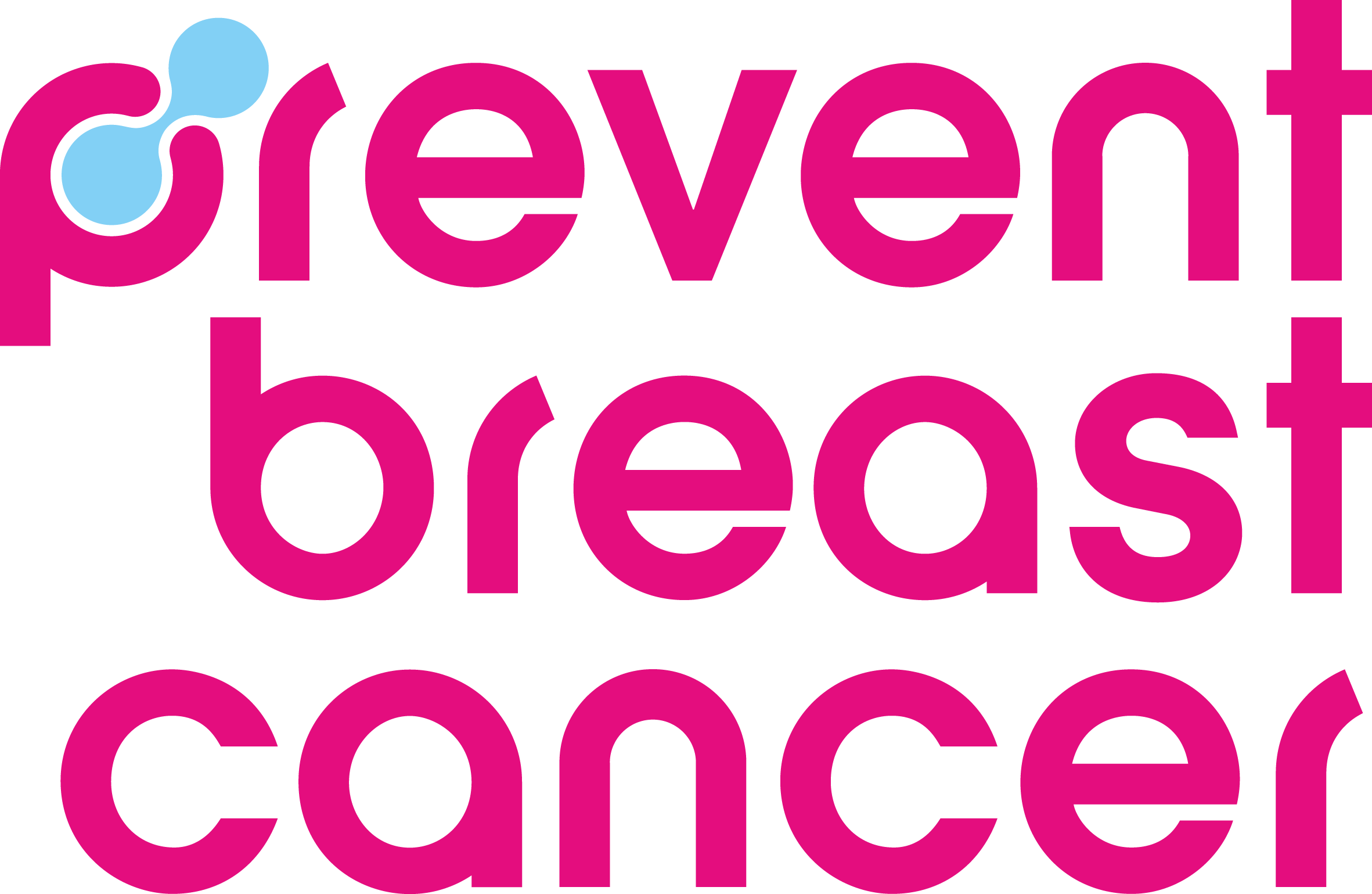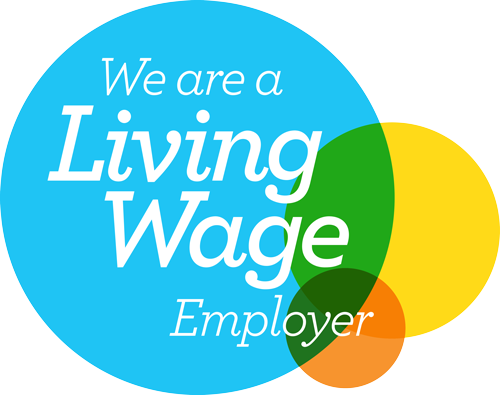Breast Cancer in Men
A common misconception is that breast cancer only affects women, but in reality, men can also develop breast cancer. Understanding the signs and symptoms of breast cancer in men can help with early diagnosis. Read on as Rajiv Dave explores more.
This page refers to the male anatomy, but we also have information available on how breast cancer appears in women and transgender chest awareness.

How Common is Breast Cancer in Men?
Breast cancer in men is rare but still can happen. Whilst it usually occurs in men over 60, it can occur in younger men. Less than 1% of breast cancer diagnoses within the UK are males.
Breasts, Chest, Pecs… Whatever You Call Them, Check Them.
The earlier breast cancer is found, the better the chance of beating it. Whilst mammograms are not routinely offered to males, it’s important to know how to check for breast cancer in men. If you notice any unusual changes, book an appointment with your GP to address your concerns.
Signs & Symptoms of Breast Cancer in Men
If you have any of these symptoms, we urge you to book an appointment with your GP.
Breast cancer in men can grow from the small amount of breast tissue behind the nipples. Symptoms of the disease display similarly to those in women. The most common symptom of breast cancer in men is a lump behind or near to the nipple, although the lump may not have always been in this area.
It’s important to be aware of all the symptoms, which include:
What Does a Breast Cancer Lump Feel Like in Men?
If you notice a lump in your chest or armpit, we urge you to book an appointment with your GP. A cancerous lump is usually hard, painless and does not move around within the chest. The likelihood of your lump being cancer is low, but it is vitally important that you get your symptoms checked by a doctor.
Risk Factors for Breast Cancer in Men
Diagnosis & Treatment
Following a referral from a GP to a breast cancer clinic, the patient would have a clinical examination followed by an ultrasound scan, or even a mammogram. A biopsy would then be required to diagnose cancer.
Treatment is usually surgery in the first instance, which depending on the size of the tumour could be a mastectomy (which is where the whole breast including the nipple is removed) or a lumpectomy where only part of the breast needs to be removed. Surgery to the lymph glands in the armpit is usually performed at the same time. Surgery can be followed by chemotherapy, radiotherapy, or hormone therapy.
Find out more about the diagnosis and treatment of breast cancer in men on the NHS website.
Coping With Breast Cancer
Coping with a diagnosis of breast cancer can often be difficult with the mental and physical strain it can take. More-so with breast cancer in men as it’s not as common as breast cancer in women. Speaking to a loved one or health care professional can help you come to terms with the diagnosis and they may help you connect to other people who know what you’re going through.
Ian’s Story
Ian knew that his family had a significant history of breast cancer: his mum, grandma, aunt and sister had all battled the disease. But he wasn’t aware that this meant an increased risk of male breast cancer until his brother received a diagnosis at the age of 36.
‘When my brother was diagnosed, I went to my GP for help and advice, but he didn’t know men could get breast cancer. I still get frustrated at the lack of information available about male breast cancer and the lack of awareness within the medical profession and the general public.’
Following tests at The Nightingale Centre, Ian chose to have preventative surgery to reduce his risk of developing the disease. His experience inspired him to fundraise for Prevent Breast Cancer and he’s a prolific supporter of the charity. Ian can’t stress enough the importance of spreading the word about male breast cancer:
About Prevent Breast Cancer
Prevent Breast Cancer is the only UK charity entirely dedicated to the prediction and prevention of breast cancer – we’re committed to freeing the world from the disease altogether. Unlike many cancer charities, we’re focused on preventing, rather than curing. Promoting early diagnosis, screening and lifestyle changes, we believe we can stop the problem before it starts. And being situated at the only breast cancer prevention centre in the UK, we’re right at the front-line in the fight against the disease. Join us today and help us create a future free from breast cancer. If you have any questions or concerns, email us today.
on February 29, 2024.
on December 21, 2023.









